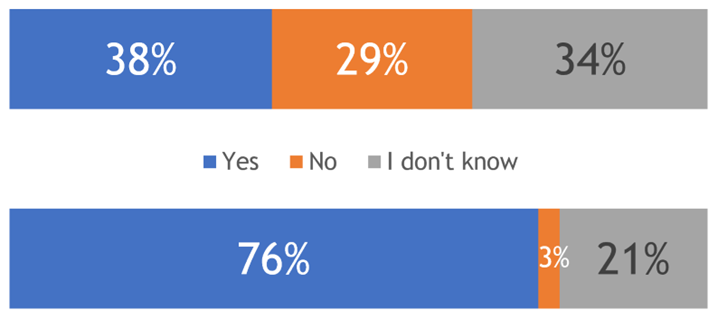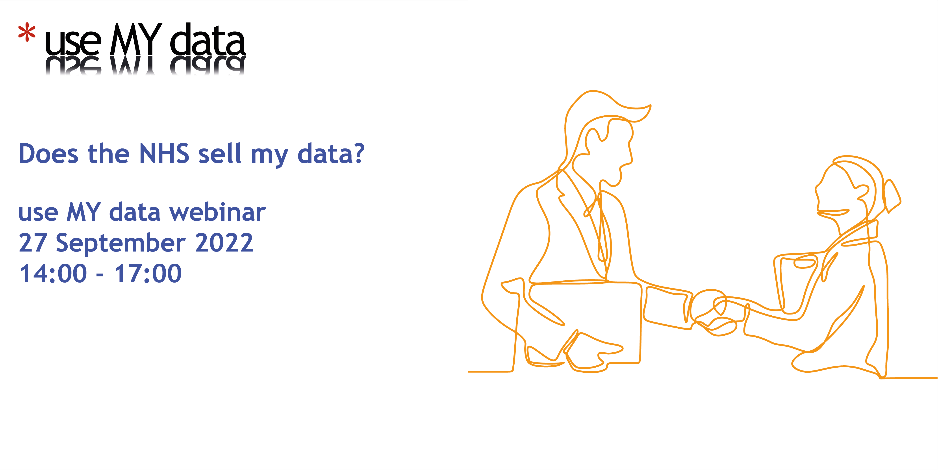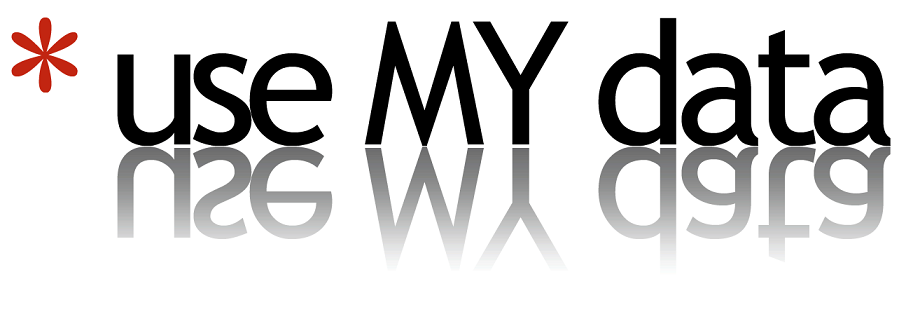|
“Do you think the NHS sells your data?” – The majority of our delegates said, “Yes”
The key question explored in the webinar, “does the NHS sell my data?”, is a common question that the public ask.
At the start of the webinar, we asked the delegates that direct question, repeating the question at the end to understand whether the views of the delegates had changed based on what they had heard and asked. The result was quite stark – the top graphic shows views at the start of the webinar, the bottom shows views at the end:
|
“Does the NHS sell my data?”
(Before)

(After)
|
Key points
It was great to hear from the speakers, to see the number of questions which were raised by the delegates and to hear the responses from the speakers. Some of the key points which were made during the webinar are:
- Yes, the NHS sells patient data, but it's done with open charges and only done for public benefit.
- The data which the NHS holds about us has immense potential to improve health & care
- If we don’t charge for access, we are taking money away from the front-line NHS. It is important to at least recover costs, especially from commercial companies.
- The current model is long-standing & is only to recover costs. It is based on Treasury advice that public bodies must make information available at marginal cost. Some companies who use our data are willing to pay more, and the NHS in England are looking at how to bring in more contribution to the NHS without damaging innovation.
- There have been significant numbers of policy developments in the last 18 months including the commitment in England to a new “Data Pact”
- All data uses are governed by the Five Safes and all data uses must have an explicit aim to improve patient care and welfare
- We need a consistent approach to value sharing when commercial organisations use NHS patient data. There is a fine line between encouraging innovation and bringing value back to the NHS
- The NHS generates lots of data about itself, but the webinar was focusing on patient data. We should refer to this as “NHS patients’ data”, not “NHS data”
The “value” isn’t actually in the data, it’s in the insights which are generated from the data
The value isn't in the data; it is in the insights which are generated from the data. The value of the data to a commercial organisation may actually be quite small in comparison to the value of the insights that the organisation may generate from it.
Current data-access rules prevent organisations from re-using data for different purposes, but do not prevent the re-use of the insights. We need to get better at measuring that organisations do what they say they will, with the data. Lists of which organisations receive the data are becoming more common, but we do not have any details of how they use these insights (which they generate from the data) with their customers, so we do not have a true picture of "value" to them and to the NHS.
Should all non-disclosive outputs (the insights) be published openly?
Language is crucial - we need to be much clearer with the public about data uses and their data choices, including how those choices will be respected
Language is really important if we want to communicate and explain data uses and choices clearly with the public. Whilst used extensively throughout the webinar and in health-professional settings, terms such as “industry”, “commercial”, “innovator” and “pharma” are not generally understood with the public.
There is a need to clearly lay out information about how your data is used, clearly and transparently and in language that the public can understand. And then we should respect people’s choices about onward data uses.
The concept of “value” means different things to different people
Value is complex, means different things to different people, and we have a long way to go to get those different people involved. The development of a new Data Pact for England was mentioned during the webinar as a commitment in the Data Strategy for England. This could be a great vehicle for good, complete, transparent information. But should the Data Pact also be aiming for patients being able to see both their own data and the uses of the data?
The contents of use MY data Position Statements were very relevant to the conversation
Our Position Statements, which are all written by our Members (patients, relatives and carers), were highlighted as useful resources, as they are relevant to some of the questions raised by the delegates:
Next Steps
The conversation needs to continue and follow-on, with the emphasis on public benefit & transparency. We need more conversations and deliberation!
The patient voice must be brought to the development of a Data Pact
It is essential that the patient voice is at the heart of shaping the development of the new Data Pact in England, and any similar work in other parts of the UK. This will help ensure that it is written to include the wishes of patients, written in ways that patients and the public can understand and without the use of overly-technical language.
Access to view your own (full) record, and then being able to view data uses
use MY data has a Position Statement about access to your own record, and whilst “personal data usage” reports may be aspirational at this stage, patient portals may be the means for people not just to view their own data but could be the perfect platform to seek patient support for uses.
|


